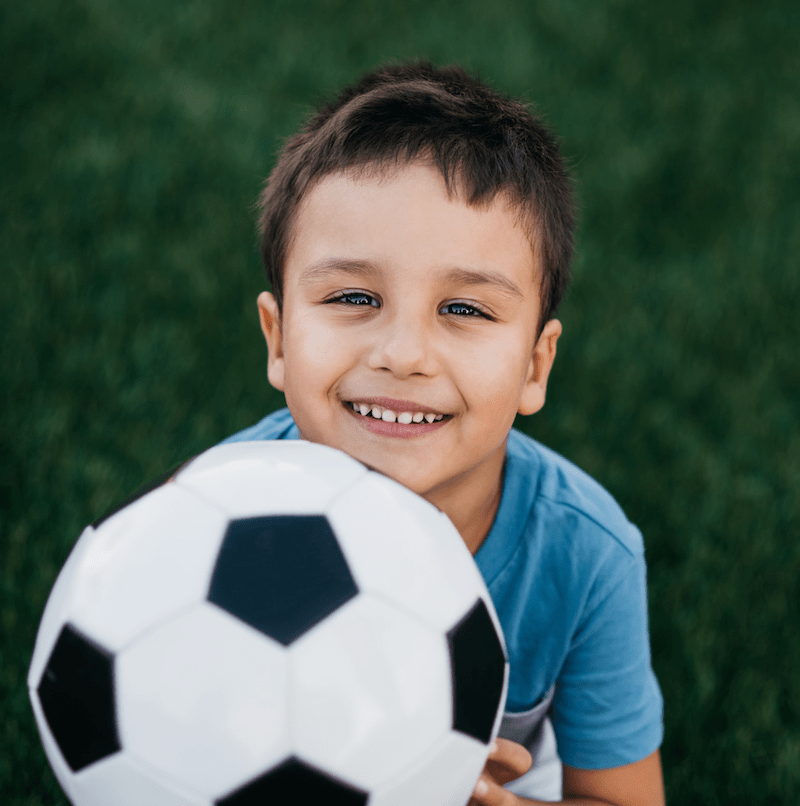Sports Eye Month
 April is Sports Eye Month! As we move into the spring and summer sports seasons, now is a great time to remind ourselves of the importance of eye protection in sporting activities and to appreciate the visual skills of athletes.
April is Sports Eye Month! As we move into the spring and summer sports seasons, now is a great time to remind ourselves of the importance of eye protection in sporting activities and to appreciate the visual skills of athletes.
Eye Protection in Sports
Depending on the sport an athlete plays, there are unique and specific risks to vision. Luckily, various organizations and leagues have determined what these risks are and have made recommendations for eyewear to protect against UV rays, impact, or blunt damage.
The biggest risks to one’s vision when participating in sports are impact injuries from other player’s body parts, balls, or other pieces of equipment, and environmental factors such as dust, dirt, UV rays, wind, and water.
Concussions are also often a concern in sports. Hard hits to the head can cause damage to the eye, eye socket, and even visual processing areas of the brain. The best way to protect against these two issues is by wearing helmets. Not only do most helmets protect a player’s face from impact injuries, but they provide protection against concussions.
To protect against environmental factors, athletes often opt to wear some form of goggles or glasses. Because many players require vision correction, special sports-safe glasses specifically designed for athletes have been approved by the American Society for Testing and Materials (ASTM). They offer clear peripheral vision, sturdy materials that are scratch resistant, and special coatings that allow for high-definition sight. These glasses not only provide vision correction for athletes, but they offer protection for the eyes from environmental concerns.
Visual Skills of Athletes
Because your visual health is an important aspect of your overall health and essential to being successful at sports, many athletes take eye protection very seriously. Having good vision is more than just having clear vision, as vision issues like nearsightedness, farsightedness, and astigmatism can be easily corrected. As an athlete, it is vital to have strong visual motor skills, speedy visual processing, and exceptional hand-eye coordination. In addition, athletes utilize skills like color vision, eye tracking, depth perception, dynamic visual acuity, peripheral vision, and more.
Just like your muscles, you can train your eyes to improve your visual skills. Although some aspects of your eyesight like color vision and visual acuity (the clarity or sharpness of your vision) are genetic or environmental, it is possible to improve some of your visual skills. For example, to improve your depth perception, try holding a pen at arm’s length and repeatedly putting the cap on it. To train your peripheral vision, try turning your head to the side while using your computer or watching TV.
For athletes looking for further visual training, dedicated sports vision trainers can diagnose any weaknesses in an athlete’s eyesight and coach them to improve these issues. In addition, these trainers can also recommend methods of preserving athletes’ vision, like wearing special sunglasses or participating in specific visual exercises.
If you or your child are participating in sports this spring season, we’d love to talk to you more in depth about this topic. You can schedule an appointment with our qualified Galva eye doctors by calling us at 309-932-3615, or submitting a request for an appointment on our website.
